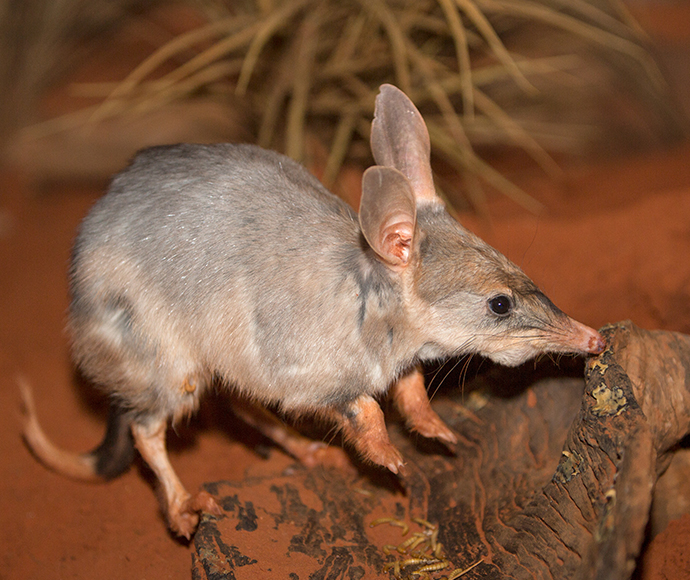The future of the iconic bilby in NSW is looking brighter with the population more than doubling at Mallee Cliffs National Park since they were reintroduced in December 2019.

Environment Minister Matt Kean said the booming population shows how successful feral-free safe havens are in protecting species and allowing them to thrive.
"Only 18 months ago, there were no bilbies in Mallee Cliffs National Park. Now the population is booming and projected to increase to up to 1100 bilbies in Mallee Cliffs alone" Mr Kean said.
"It is estimated that feral cats alone kill more than 1.5 billion native animals every year and small to medium-sized mammals are especially vulnerable, so we need projects like these to remove threats and give our native species a fighting chance."
Fifty bilbies were initially released into a special breeding area at Mallee Cliffs National Park in south-western NSW. Ecologists have now commenced relocating individuals from the breeding area into the wider 9500-hectare feral predator-free safe haven, the largest such fenced area on mainland Australia.
The feral-free area at Mallee Cliffs is one of three existing large feral-free areas already in NSW national parks. Six threatened species have already been reintroduced into these parks – Mallee Cliffs National Park, Piliga State Conservation Area and Sturt National Park – with 7 more to be reintroduced by 2024.
There are a further 4 feral-free areas across New South Wales in the planning stages that will eventually see more than 65,000 hectares declared feral cat and fox free in New South Wales.
This is one part of the NSW Government's commitment to protecting our iconic native species from extinction and represents one of the largest species reintroduction programs anywhere in the world.






